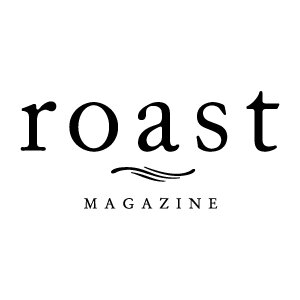Gender Equity in the Coffee Value Chain: What Companies Are Doing to Close the Gap
A Collaboration Between Roast and The Partnership for Gender Equity
Photos courtesy of The Partnership for Gender Equity
“Equity” has spurred national and international conversations on race, economics, national origin, sexual orientation, age, religion, gender and more. The word itself brings up impassioned feelings about what constitutes equity and how our society can make changes to create a system that strengthens communities around the world.
But what does “equity” really mean? To begin, it does not have the same definition as “equality.” While equality is the state of being equal, equity is about justness and fairness. Equity doesn’t ask us to see everyone as the same or even to treat them the same. It allows us to appreciate people for their differences and account for those differences.
This article focuses on gender equity, specifically within the coffee value chain. To better understand how the world is faring in achieving gender equity in general, let’s look at results from the World Economic Forum’s Global Gender Gap Report. Introduced in 2006, the annual report allows us to better understand global gender-based disparities and measure the changes in these disparities over time. According to the 2018 report, the world is not surging toward a more economically equitable future for all genders.
Although the report shows that gender gaps in some spheres are closing at promising rates—such as the gender gap in educational attainment—the gap in economic participation and opportunity has widened. The 2017 report stated that “the economic gender gap [had] reverted back to where it stood in 2008, after a peak in 2013,” and the 2018 report found that it remains the second-largest gender gap after political empowerment.
Coffee companies have an important opportunity to take action to close this gap if we better understand where we stand.
Advertisement










